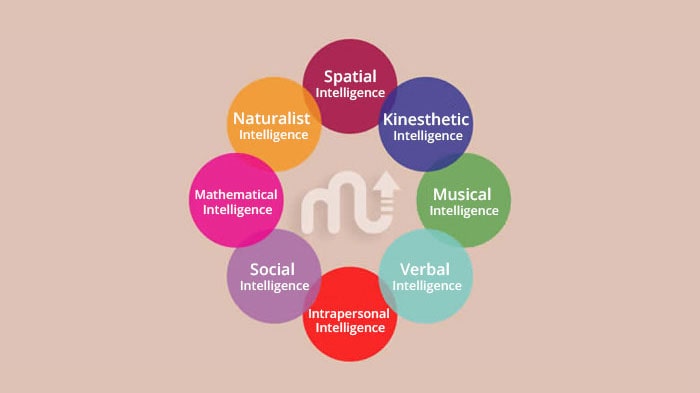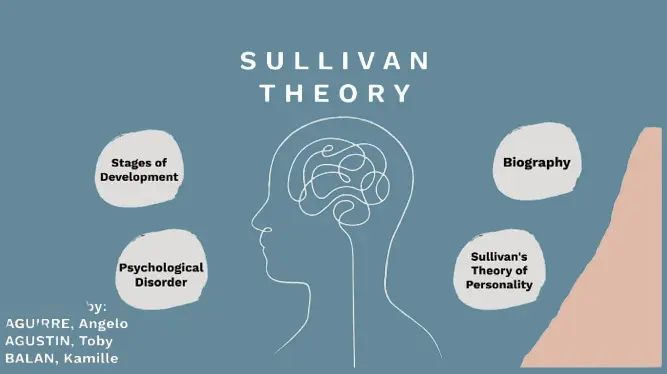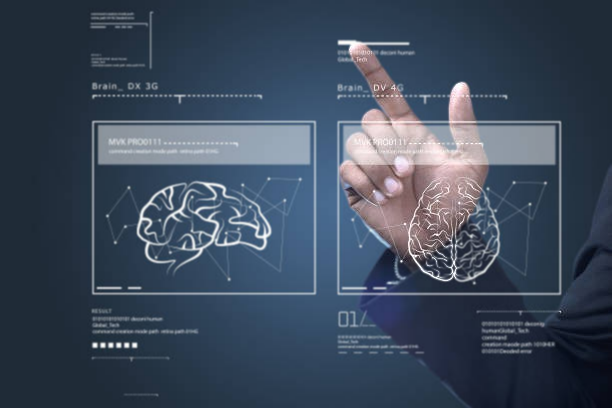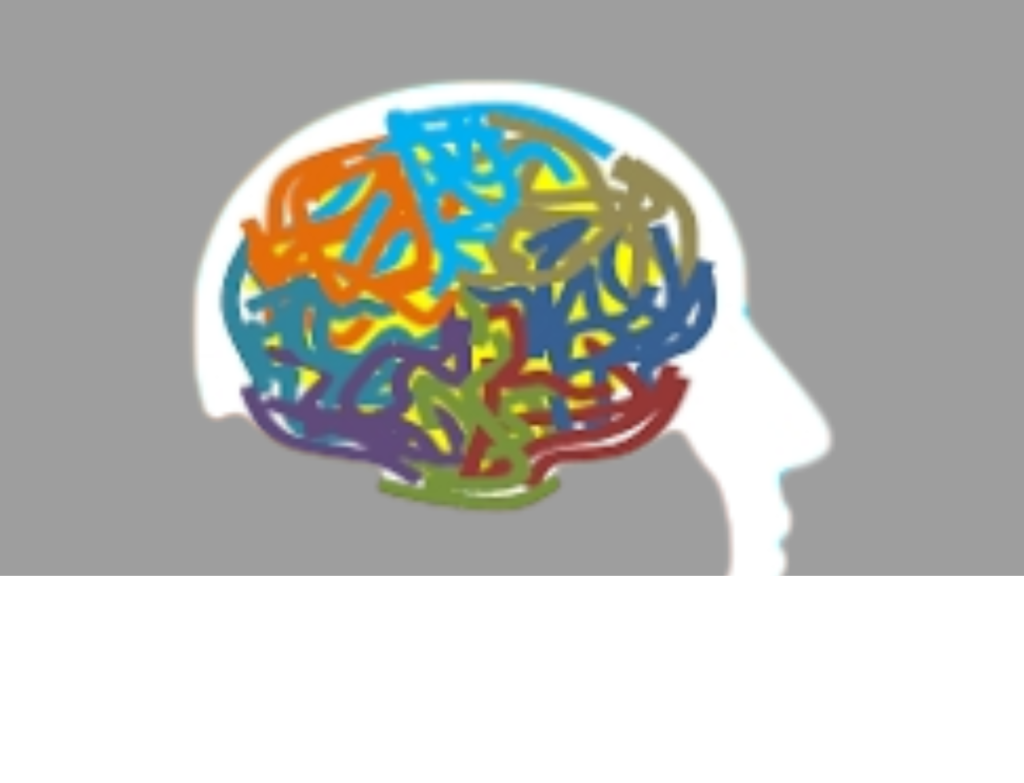Introduction: The Evolving Concept of Intelligence
Intelligence has long been regarded as one of the most complex and debated constructs in psychology. From its early measurement through standardized IQ tests to contemporary theories emphasizing multiple forms of cognitive ability, the definition and nature of intelligence have continued to evolve. Psychologists, neuroscientists, and educators alike have sought to understand what intelligence truly represents—whether it is a single measurable capacity or a multifaceted phenomenon encompassing creativity, emotional awareness, and problem-solving across various domains.

The study of intelligence is central to psychology because it intersects cognition, personality, learning, and social behavior. Intelligence is commonly understood as the capacity to acquire and apply knowledge, adapt to new situations, reason effectively, and solve problems. Yet, as psychological research deepened, it became evident that no single measure could encapsulate the diversity of human intellectual potential. This realization led to the development of various theories and models of intelligence, each offering unique insights into how individuals learn, process information, and exhibit intellectual strengths.
This article explores the major types of intelligence in psychology, including classical psychometric theories and contemporary multidimensional frameworks such as Howard Gardner’s Theory of Multiple Intelligences and Robert Sternberg’s Triarchic Theory. It also examines distinctions between the seven and nine types of intelligence, explores types of IQ, and reviews modern understandings of intelligence that integrate both cognitive and emotional aspects.
Types of Intelligence in Psychology
In psychology, intelligence is traditionally defined as an individual’s ability to learn from experience, adapt to the environment, and use reasoning to solve problems. Early research in the early 20th century focused heavily on psychometric approaches, seeking to quantify intelligence through standardized testing. This perspective led to the development of the Intelligence Quotient (IQ)—a numerical score derived from performance on tasks measuring memory, reasoning, verbal comprehension, and spatial ability.
However, as research expanded, psychologists recognized that intelligence could not be reduced to a single dimension. For instance, while some individuals excel in analytical reasoning, others display exceptional creativity, emotional insight, or social awareness. Consequently, modern psychological perspectives view intelligence as multifactorial, incorporating a range of cognitive, emotional, and practical abilities.
The primary theoretical frameworks for understanding intelligence can be categorized as follows:
- Psychometric Theories, emphasizing measurement and statistical modeling (e.g., Spearman’s g-factor, Thurstone’s multiple abilities).
- Cognitive-Developmental Theories, focusing on the mental processes underlying intelligent behavior (e.g., Piaget’s stages of cognitive development).
- Biological and Neuropsychological Theories, exploring brain structures and neural efficiency as bases for intelligence.
- Multiple Intelligence and Contextual Theories, emphasizing diversity in intellectual abilities beyond traditional IQ (e.g., Gardner’s and Sternberg’s models).
Types of Intelligence Theory
Spearman’s Two-Factor Theory (1904)
The earliest major contribution to intelligence theory came from Charles Spearman, who proposed the Two-Factor Theory. Spearman observed that individuals who performed well on one type of cognitive task often did well on others, suggesting the existence of a general intelligence factor (g) underlying all intellectual performance. Alongside this, he identified specific abilities (s) relevant to particular tasks. This model laid the foundation for psychometric testing and remains influential in intelligence assessment today.
Thurstone’s Primary Mental Abilities (1938)
L. L. Thurstone challenged Spearman’s single-factor view, arguing that intelligence is composed of several independent abilities, which he termed Primary Mental Abilities. These included:
- Verbal comprehension
- Word fluency
- Number facility
- Spatial visualization
- Associative memory
- Perceptual speed
- Reasoning
Thurstone’s work emphasized that individuals might excel in some domains while showing average ability in others, highlighting the multidimensional nature of intelligence.
Cattell-Horn-Carroll (CHC) Theory
Later, Raymond Cattell expanded upon Spearman’s theory by distinguishing between two major forms of intelligence:
- Fluid Intelligence (Gf): The ability to solve novel problems and adapt to unfamiliar situations.
- Crystallized Intelligence (Gc): The accumulation of knowledge, skills, and experience over time.
Cattell’s framework was further refined into the Cattell-Horn-Carroll (CHC) model, which remains one of the most empirically supported hierarchies of intelligence. The CHC theory integrates general intelligence (g) with broad and narrow cognitive abilities, forming the basis for many modern intelligence assessments.
Sternberg’s Triarchic Theory of Intelligence (1985)
Robert Sternberg introduced a broader conceptualization of intelligence through his Triarchic Theory, which divides intelligence into three interrelated components:
- Analytical Intelligence: Problem-solving, reasoning, and academic aptitude.
- Creative Intelligence: Innovation, insight, and the ability to handle novel situations.
- Practical Intelligence: The capacity to adapt to everyday life, often referred to as “street smarts.”
Sternberg’s model moved beyond traditional IQ, emphasizing the application of intelligence in real-world contexts.
Gardner’s Theory of Multiple Intelligences (1983)
Perhaps the most influential alternative to traditional IQ-based models is Howard Gardner’s Theory of Multiple Intelligences. Gardner proposed that intelligence is not a single general ability, but rather a set of distinct modalities of cognitive functioning. This theory revolutionized education and psychology by acknowledging diverse intellectual strengths across individuals.
What Are the 9 Types of IQ?
The concept of “nine types of IQ” derives primarily from Gardner’s expanded model of multiple intelligences. Initially identifying seven intelligences, Gardner later included two more based on subsequent research. Below are the nine recognized types of intelligence:
- Linguistic Intelligence
The ability to use language effectively, both in writing and speech. Writers, poets, lawyers, and teachers typically excel in this area. - Logical-Mathematical Intelligence
Involves reasoning, problem-solving, and understanding patterns. Scientists, engineers, and mathematicians exhibit high levels of this intelligence. - Spatial Intelligence
The ability to visualize and manipulate objects in space. Common among architects, artists, and designers. - Musical Intelligence
Sensitivity to rhythm, pitch, and sound. Musicians and composers often demonstrate exceptional musical intelligence. - Bodily-Kinesthetic Intelligence
Coordination of mind and body to express ideas or accomplish tasks. Athletes, dancers, and surgeons typically possess this intelligence. - Interpersonal Intelligence
The capacity to understand and interact effectively with others. Leaders, therapists, and educators rely on this skill. - Intrapersonal Intelligence
Self-awareness and the ability to understand one’s own emotions and motivations. Essential for personal development and emotional intelligence. - Naturalistic Intelligence
Sensitivity to the natural world—plants, animals, and ecosystems. Found in scientists, conservationists, and nature enthusiasts. - Existential Intelligence
The ability to ponder deep philosophical questions about existence, life, and purpose. Common in theologians and philosophers.
Gardner’s nine intelligences reflect a broad interpretation of cognitive diversity, highlighting that traditional IQ tests capture only a fraction of human capability.
What Are the 7 Types of Intelligence?
When Gardner first introduced the Theory of Multiple Intelligences in 1983, he proposed seven types of intelligence. These original seven were:
- Linguistic
- Logical-Mathematical
- Spatial
- Musical
- Bodily-Kinesthetic
- Interpersonal
- Intrapersonal
These seven categories challenged the conventional notion of a unitary intelligence factor. Gardner argued that education systems must recognize and nurture varied intellectual strengths rather than valuing only linguistic and logical abilities. Over time, his framework evolved to include Naturalistic and Existential intelligences, resulting in the nine-type model widely discussed today.
Theory of Multiple Intelligences (Howard Gardner)
Howard Gardner, a developmental psychologist at Harvard University, introduced his Theory of Multiple Intelligences (MI) in his seminal book Frames of Mind (1983). His work was influenced by cognitive science, anthropology, and education. Gardner proposed that traditional IQ tests were too narrow, failing to capture the breadth of human potential.
According to Gardner, each type of intelligence operates independently yet interacts dynamically in daily functioning. For example, a musician (musical intelligence) may also rely on bodily-kinesthetic intelligence for performance and interpersonal intelligence for collaboration. Gardner’s framework significantly influenced educational systems by promoting individualized learning approaches.
Critiques and Contributions
While Gardner’s theory gained immense popularity, some psychologists criticized it for lacking empirical validation. Traditional psychometricians argue that Gardner’s “intelligences” may represent talents or personality traits rather than true cognitive capacities. Nonetheless, the MI theory has had lasting educational and cultural impact, broadening how society defines and values intelligence.
Applications of Multiple Intelligences in Education and Life
The theory’s greatest contribution lies in education and human development. By recognizing multiple intelligences, educators can tailor instruction to diverse learners. For instance:
- Visual learners thrive through spatial and visual materials.
- Musically inclined students grasp concepts better through rhythmic patterns.
- Kinesthetic learners benefit from hands-on experiences.
Beyond classrooms, the MI framework is used in career counseling, team-building, and leadership training, emphasizing individual strengths and collaborative diversity. It supports the notion that intelligence is dynamic, contextual, and multifaceted, evolving through experience and environment.
Modern Perspectives on Measuring Intelligence
While classical theories emphasized cognitive aptitude, modern psychology incorporates emotional and social dimensions into intelligence models.
Emotional Intelligence (EI or EQ)
Coined by Peter Salovey and John Mayer, and popularized by Daniel Goleman, emotional intelligence refers to the ability to perceive, understand, manage, and utilize emotions effectively. EQ complements traditional IQ by highlighting how emotional regulation and empathy contribute to success and well-being.
Social and Practical Intelligence
Sternberg’s practical intelligence emphasizes adaptation to everyday contexts, aligning with the concept of social intelligence—the capacity to navigate social situations effectively. These forms of intelligence demonstrate that intellectual functioning extends beyond abstract reasoning.
Artificial and Collective Intelligence
In the digital era, intelligence is also examined in non-human systems. Artificial Intelligence (AI) simulates human cognitive processes, while collective intelligence explores how groups collaborate to solve problems—broadening the concept of intelligence beyond individuals.
Conclusion: Embracing the Diversity of Human Intelligence
The study of intelligence continues to evolve, reflecting advances in psychology, neuroscience, and education. From Spearman’s single-factor g theory to Gardner’s multiple intelligences and Sternberg’s triarchic model, each framework offers valuable perspectives on how humans think, learn, and innovate.
Recognizing diverse forms of intelligence allows society to appreciate a more inclusive understanding of human potential. Rather than viewing intelligence as a fixed quantity measured by standardized tests, modern psychology views it as dynamic, multifaceted, and shaped by experience. Individuals possess unique constellations of strengths—some analytical, others creative or interpersonal—all contributing to the rich spectrum of human capability.
In embracing this diversity, educators, psychologists, and organizations can foster environments that value every individual’s distinctive abilities. Ultimately, the study of intelligence underscores a profound truth: the mind’s potential cannot be confined to a single score or scale—it thrives in the diversity of human expression and understanding.



